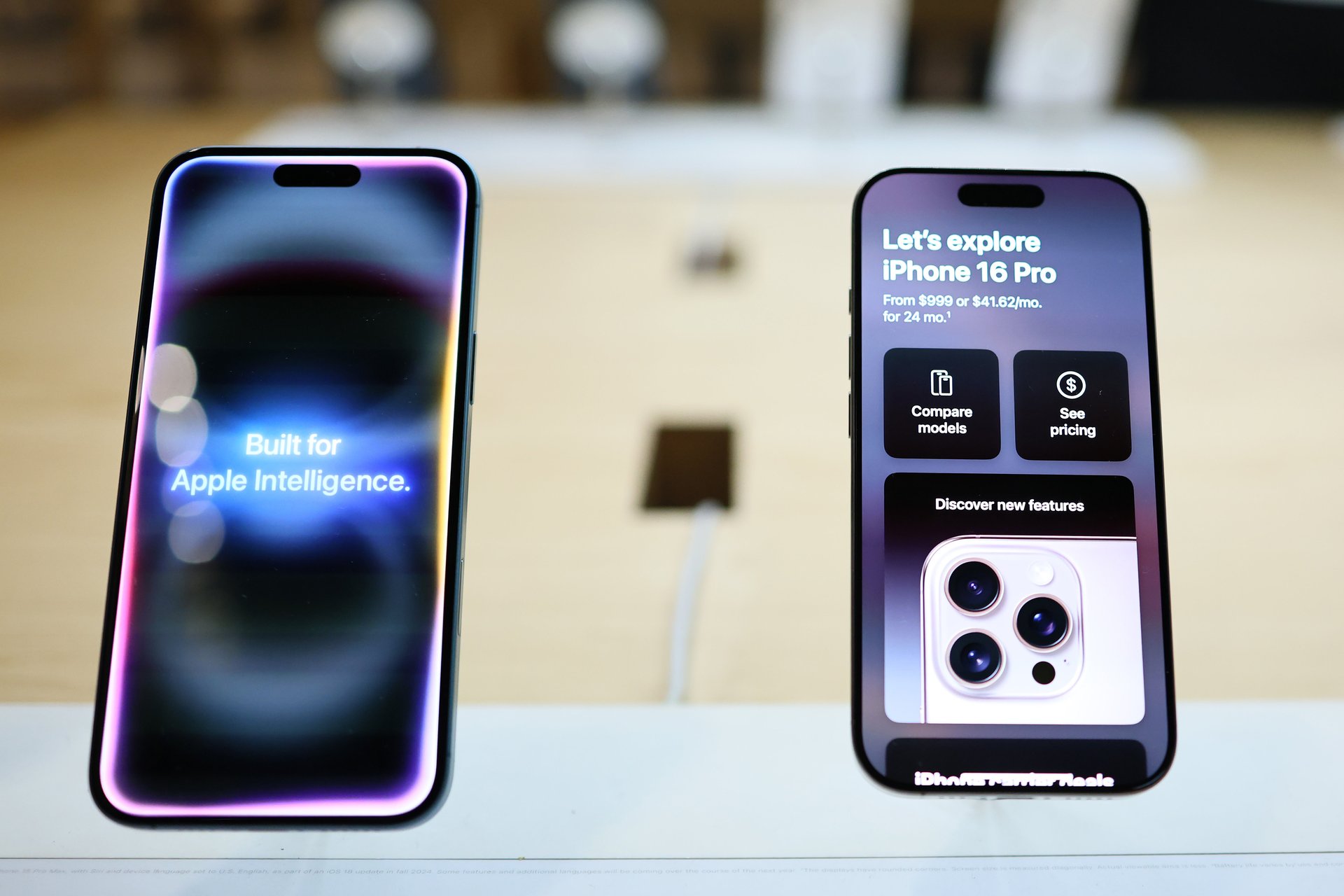How much would it cost Apple to make iPhones in America? Bank of America tried to find out
Get ready to pay a lot more for your next iPhone, whether it's made in China or the U.S.

Trump may have announced a 90-day pause on tariffs for most countries, but he remains determined to escalate the trade war with China. On Wednesday, he announced that Chinese goods will now be subject to 125% tariffs.
Suggested Reading
Amid the turmoil, the iPhone has become a point of contention — the Trump administration insists the smartphone can and should be manufactured in the U.S., something Apple (AAPL) has said is all but impossible.
Related Content
Bank of America (BAC) set out to figure out how much it would actually cost to make iPhones — 85% of which are currently built in China — in the U.S.
Here’s what it found:
- If just the final assembly of the iPhone 16 Pro Max (which starts retailing at about $1,199.99) was moved to the U.S., the price would increase 25% based on labor costs alone.
- If Apple also had to pay a tariff to import parts to the U.S. before assembly, the price would increase as much as 90%.
- Apple “would need tariff waivers on components/sub-assemblies manufactured globally to make the manufacturing shifts viable,” according to the BofA Global Research report.
- BoA said that “while it may be possible to move final assembly to the U.S., moving the entire iPhone supply chain would be a much bigger undertaking and would likely take many years, if even possible.”
BoA’s estimate of the 90% increase is somewhat on par with Wedbush analyst Dan Ives’ prediction.
Ives estimates that the price of electronics will go up 40% to 50% for consumers and that iPhone models that cost roughly $1,000 now would cost as much as $3,500 if they were made in the U.S.
He also thinks the tariffs would cause overall tech earnings to drop at least 15%.
Tariffs will “cause an economic Armageddon” that could “take the U.S. tech industry back a decade” while “China steamrolls ahead,” he said before Trump announced the pause.
Additional reporting by Ece Yildirim.